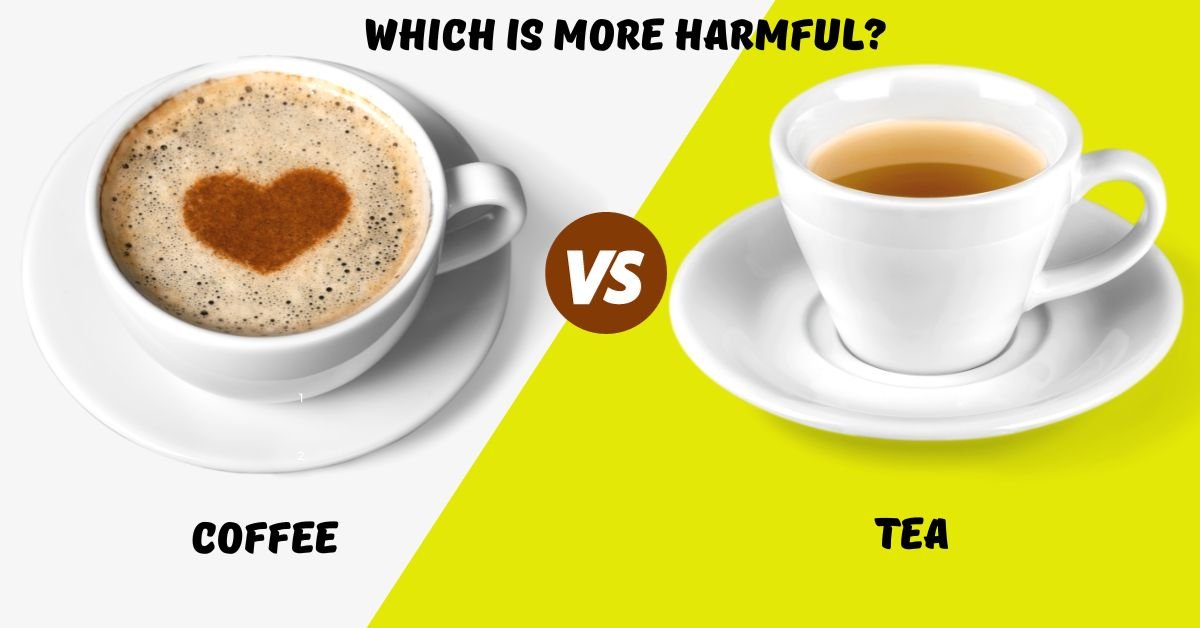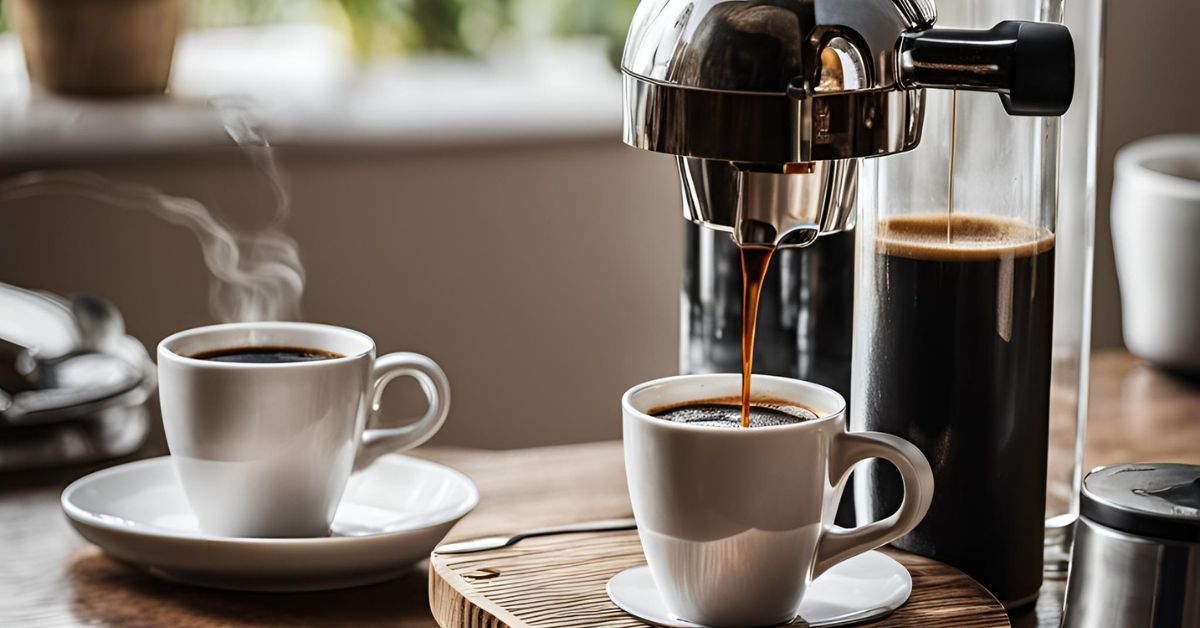Blonde Roast vs Medium Roast: Understanding the Differences
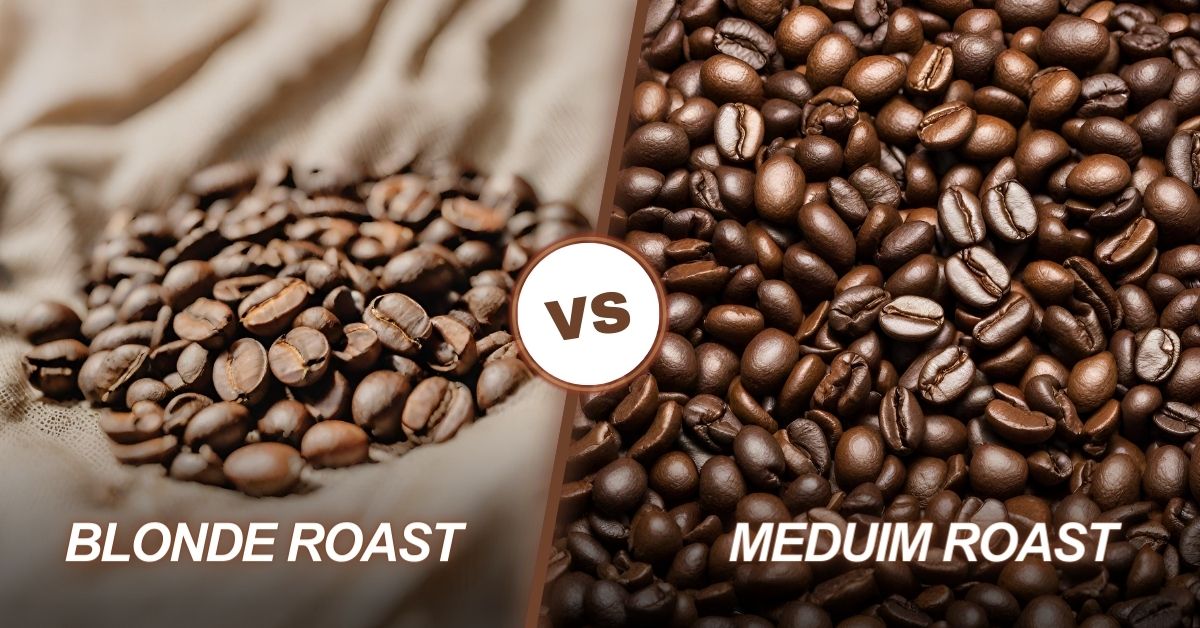
Identifying between a blonde roast vs medium roast is a crucial option in the complex structure of coffee culture. It represents the varied tastes and sophisticated palates of coffee enthusiasts across the globe.
Both blonde & medium roasts are popular roast profiles that have different flavor profiles and appeal to different parts of the coffee-drinking public.
Blonde roast preserves the natural characteristics of coffee beans in an elegant dance of taste and smell, making it appealing to people searching for the pure essence of coffee beans. It also has a delicate color and a delicate acidity.
In this article, a medium roast tastes stronger and has a range of flavors, from chocolatey to nutty. The best aspects of both bean qualities and roasting skills.
What is a blonde roast?
Blonde roast coffee, with a lighter body and higher acidity. It’s a spectrum of white, gold, and blonde roasts, all falling under the light roast category.
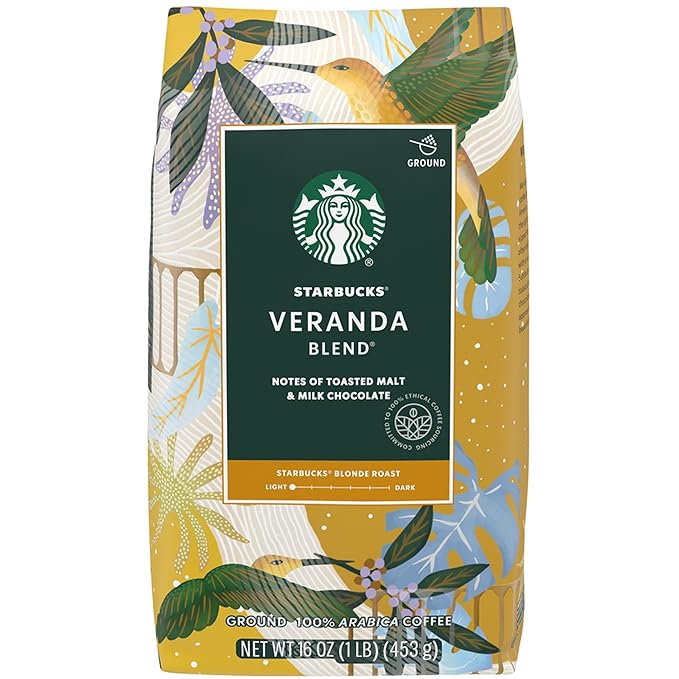
Characteristics:
- Its coffee beans are light brown.
- This resembles cinnamon or straw.
- It has a mild flavor profile with subtle acidity and sweetness.
- They preserve the original bean flavors due to shorter roasting times and lower temperatures.
- This coffee has a lighter body.
- This results in a smoother mouthfeel.
- It also undergoes caramelization.
- This offers a balanced flavor profile.
- This adaptable beverage goes well with both black and milk-sweetened coffee.
The roasting process of blonde roast coffee
- Start with expensive, flavorful green coffee beans in either Ethiopia or Latin America.
- To maintain the unique flavor of the beans through a gentle roast
- Heat the roaster to 355–400°F (179–204°C).
- If the first break appears, it means the beans are starting to get blonde.
- Add the beans to the roaster and observe how the color changes from green to a lighter yellow.
- It keeps roasting until the desired level of lightness is reached.
- To keep the delicate flavors intact, quickly cool the beans and store them at room temperature in a sealed bag to ensure freshness.
- To appreciate the complex, bright tastes of the beans, grind them right before brewing.
Read Also:
What is a Medium Roast?
Its coffee is a medium roast, blending lightness and darkness, with a medium brown color and balanced flavor profile, making it popular among coffee lovers for its harmonious acidity and body.
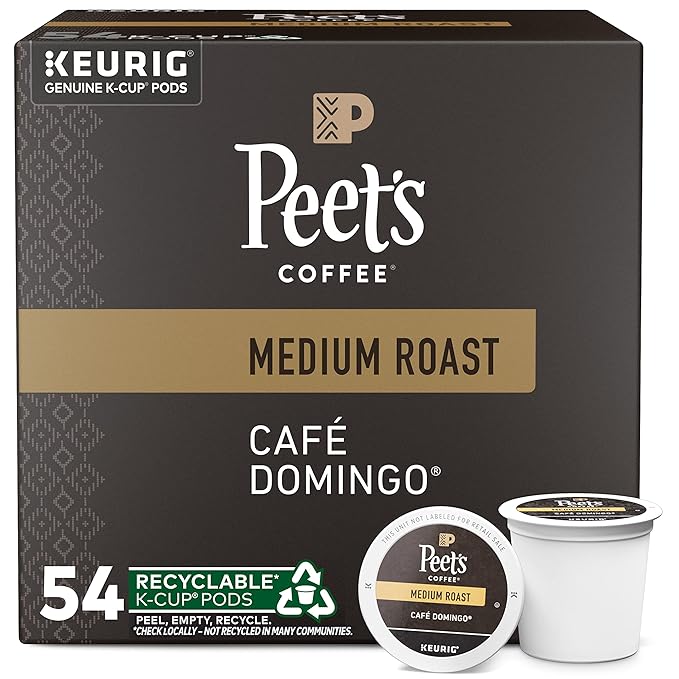
Characteristics :
- It has a rich flavor profile.
- If combining natural beans with caramelization and Maillard reactions.
- Its aroma ranges from sweet to complex, with a medium brown color.
- Moderate acidity contributes to its brightness and complexity.
- It has a medium to full body.
- It offers a smooth mouthfeel without being heavy.
- It’s adaptable & can be brewed in several ways.
Roasted process of medium roast:
- Start with premium green coffee beans, which come from various places and have distinct flavor qualities.
- Set the roaster’s temperature to 410–428°F (210–220°C) with a medium roast.
- After adding the beans to the hot roaster, keep a constant eye on the temperature.
- Observe how the color evolves from greenish to yellow to golden brown, due to the first break signifying the beginning of the medium roast.
- To taste, adjust the roasting.
- Use a cooling board or cloth to quickly chill the beans to stop the roasting process.
- A few hours to a day of resting the beans will improve their flavor.
- In this process, the freshest medium-roast coffee is ground shortly before brewing.
The Comparison between Blonde roast vs Medium roast
| Feature | Blonde Roast | Medium Roast |
| Roast Level | Light | Medium |
| Color | Light brown | Medium brown |
| Flavor Profile | Subtle, with floral and fruity notes | Balanced, with nutty and chocolatey notes |
| Acidity | Higher | Moderate |
| Body | Light | Medium to full |
| Aroma | Light and fragrant | Rich and complex |
| Caffeine Content | Slightly higher | Slightly lower |
| Versatility | Limited, may not blend well with milk | It is versatile and blends well with milk and other flavorings |
| Consistency | Variable | More consistent |
| Brewing Methods | Suited for lighter brewing methods (e.g., pour-over) | Suitable for various brewing methods (e.g., drip coffee, espresso) |
Get all-in-one espresso brewing accessories from HERE.
FAQs:
Is coffee roasted lighter or darker than a medium roast?
In actuality, though, the amount of caffeine in beans stays essentially constant throughout the roasting process. Taste, not caffeine content, is what separates one roast from another. To obtain more caffeine, simply add more coffee; it’s not about the shade of the bean.
Is the flavor of the blonde roast better?
Although heat breaks down acidity more when coffee roasts longer and hotter, blonde roasts will always have a higher acidity than darker roasts of the same coffee. Blonde Roast’s high acidity is typically described as a lemony, zesty, or sour flavor, and some individuals even seem to want it.
Is the roast of blondes more bitter?
Darker roasting is bitter, whereas blonde roasts have a considerably milder flavor. A dark roast will have a “stronger” flavor in this sense.
Can a blonde roast be acidic?
Some people appear to desire the acidic nature of Blonde Roasts, which is often described as a lemony, citric, or sour flavor. It’s not new either; in fact, the name “cinnamon roast” was used for many years.
Wrapping up:
In conclusion, the choice between a blonde roast vs medium roast coffee depends on personal taste preferences and the desired coffee experience. There is no right or wrong choice, and both offer delightful experiences. Understanding the distinctions between these roasts allows you to confidently choose the perfect roast for your coffee journey.
A blonde roast and a medium roast offer unique flavor experiences that appeal to different coffee enthusiasts. Blonde roast, with its delicate acidity and nuanced flavors, suits those who appreciate the subtleties of coffee.
On the other hand, medium roast strikes a balance between bean characteristics and roasting. It provides a fuller-bodied cup with a wider range of flavors.
Ultimately, the choice between blonde and medium roast depends on individual taste preferences, with each offering delights for coffee aficionados to savor.



